Sunrise Life skills instructional software is a start-up organization whose vision is to create the finest education/entertainment software for non-reading individuals with developmental disabilities (“Computer software business plan”, 2019). It is specifically for those with developmental disabilities or autism. The software is designed to tech life skills and encourages users to use it as often as possible. The software was founded and owned by Amelia Alberto and will be based in New York.
As the project manager, the main issue is whether the person-days concept has limitations (Tilley & Rosenblatt, 2017). In other words, if a task will require 100 person-days, does it matter whether two people in 50 days, 5 people in 20 days, 10 people in 10 days, or some other combination that adds up to 100 performs the work (Tilley & Rosenblatt, 2017)? The issue is trying to decipher if the combinations listed would work.
The audience for this proposal would be the programmers and systems analysts. Some of the workers on the team disagree with this concept. A systems analyst on the team believes that it is not possible for 100 people to complete a task estimated at 100 person-days in one day (Tilley & Rosenblatt, 2017). As the project manner, I need to be aware that required allowing meetings, training, project reviews, unscheduled medical leave, and any other factor that could affect productivity.
The specific requirements of this project will be ensuring achievement of minimum combinations within the existing workforce. Moreover, the new proposed system focuses on resources utilization to achieve the tasks with minimal costs. Thus, the proposed system life cycle focusing on the system design, testing, implementation, and monitoring.
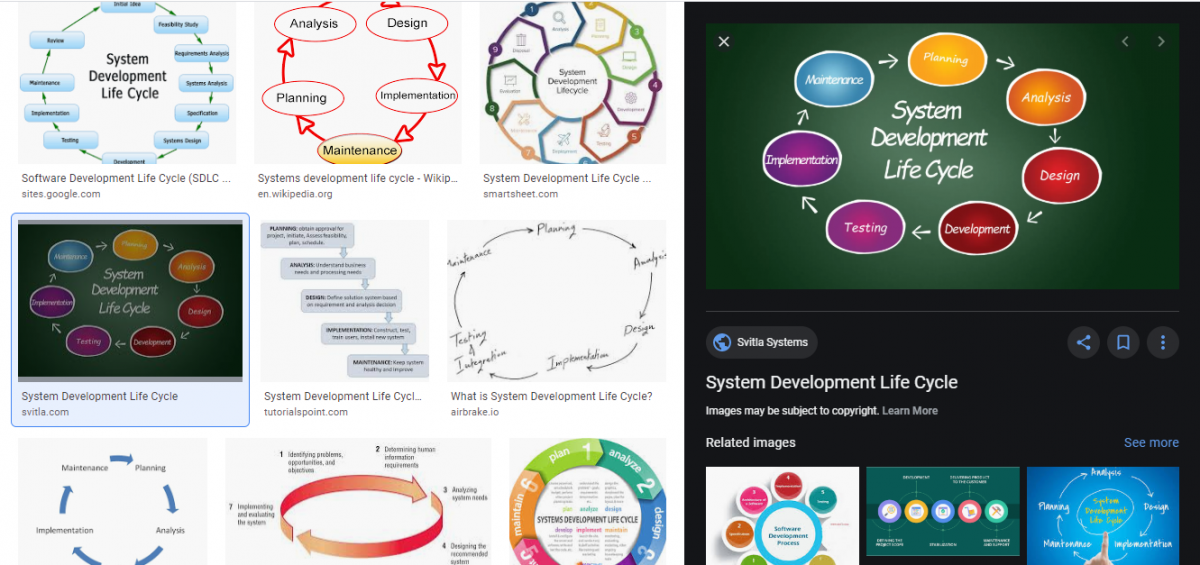
Notably, most of the organizations today, apply a transactional processing system (TPS), which performs daily recording of the firm proving to be more reserved, and automated, as tasks and resources are predefined in a highly structured manner, not permitting an interaction between the employee with the system thus not enabling a person’s day concept.
According to Cankaya and Kuzu (2018) instructional software enables individuals with developmental disabilities to remember past learning’s and adaptation to current roles and responsibilities, an aspect of person’s day concept.
Data process model. The flow of data in the person’s day concept would be achieved by representing the processed data, documentation, sorting, and analysis based on the needs of the business as presented by the figure below.
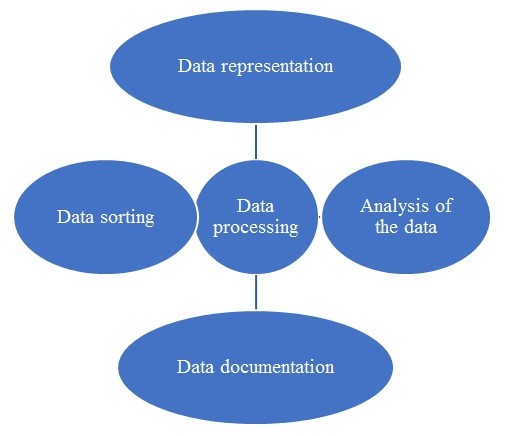
To ensure that the workability of the new proposed system, data sorting will be done where a particular task will be worked on, its requirements analyzed and matched with the core competencies to ensure effective task combination.
Data flow diagram. This will be another dimension that will be used by the proposed instructional model to achieve a person’s day concept information flowing from the highest to other levels as shown below.
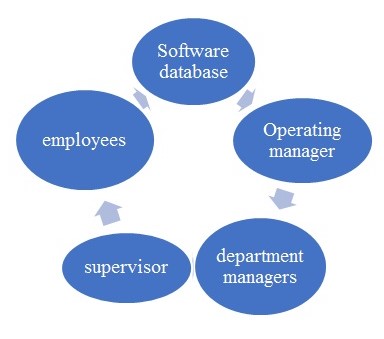
Data dictionary. In our new proposed system, the data dictionary that will also prevail to effectively communicate with the programmers and the system analysts will be as follows.
Employee I.D will be created indicating respective department worked for; required number of hours for training and development, medical leave required if any as well employees productivity data that will be contained in the dictionary.
Object modeling. This facet too will be applied by the new proposed Instructional model, through focusing on the main objects, the actions to be performed, information and messages sent to one another for actions to be taken as proposed by (Bernstein, 2002).
Case Diagram. The proposed system will address major issues of achieving the person’s day concept, through benchmarking operation that will be effectively applied within an organization.
System design: To meet the key objectives of the new proposed instructional model, the system will focus on data linking and task combinations from the input to the output (Deschaine, 2018), and data control as proposed by the figure below.
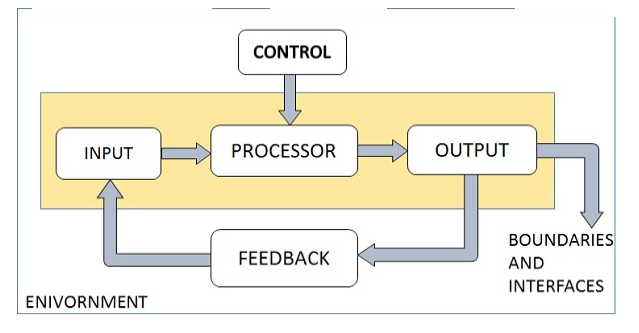
User Interface design. The use of the GUI by the proposed system will apply visual layout that will enable every employee of an organization to interact, use, and apply the system effectively. The details are as shown by the screenshot below.
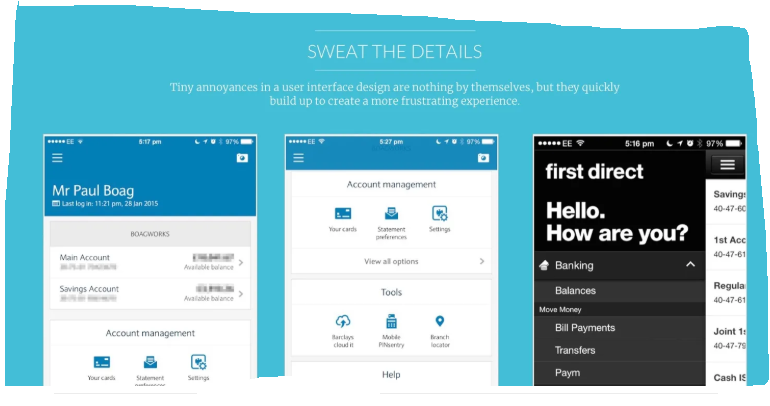
System architecture: The proposed system will be designed in such a way that every employee will have a chance to use and interact with it. This will enable the supervisors to combine employees tasks based on the analyzed capabilities and hard work to meeting goals and objectives of every section of the firm.
Feasibility analysis. The proposed system based on the above-fore mentioned features will: more secured, more user-friendly, economical, as well as technically sound to programmers and the system analysts having skills to resolve any emerging issues.
Project plan. The core strategies for full implementation will include; involvement of firm leaders in the system development, lobbying for more resources, engagement in the training process, training and development of supervisors and strategy development to acquire core competencies globally.
Work breakdown structure and timeline: The delivery oriented breakdown for the proposed instructional software will be as indicated screenshots of Gantt chart, resource chart and Cost chart.
For successful undertaking of the project the total cost of the project will be composed of: the project manager cost of $5,200, Programmer cost of $6,600, System analyst cost of $7,100 and the supporting system cost of $4,550.
Project monitoring and control plan. To ensure full development of the proposed software, continuous training of the programmer and system analysts will prevail to ensure they are updated with the required information.
System timeline will have five phases (system preparation, system design, pretrial, and testing and incorporation) each taking five months for completion as indicated by Gantt chart below:
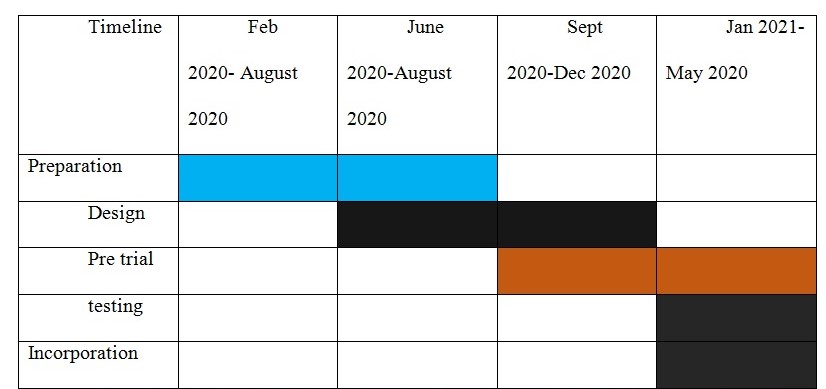
The team will be selected based on their skills and be assembled with the information required to design the proposed system, delivering within the first three months on system development, system pre-trial stage, and refinements carried out before full implementation and application of the system within the organization. Their roles will be as indicated by the WBS figure below.

The resources chart shown by the screenshot below, indicates projected hours to develop features of proposed system a composition of: general and homepage design, department page design, login page, assigning page and the task monitoring.

References
Cankaya, S., & Kuzu, A. (2018). Effectiveness of mobile skill teaching software for parents of individuals with Intellectual Disability. International Educational studies Journal, 11(3), 1-9.
Computer Software Business Plan. (2019). Web.
Deschaine, M. (2018). Supporting students with disability in k-12 online and blended learning. Lansing, MI: Michigan Virtual University. Web.
Tilley, S & Rosenblatt, H. (2017). Systems Analysis and Design. Boston, MA: Cengage Learning.